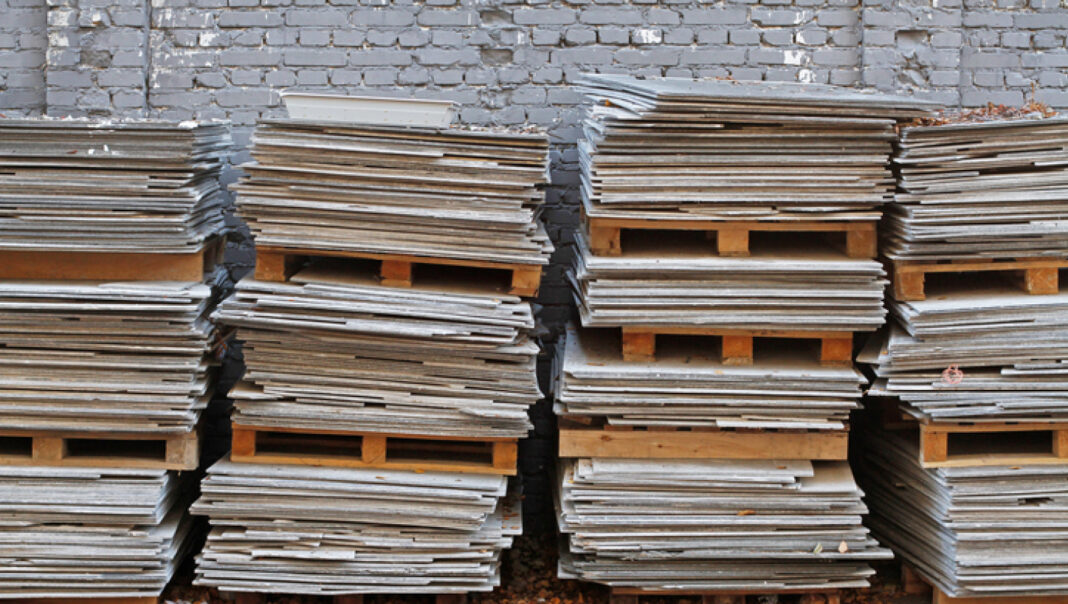You might have heard about hazardous materials found in buildings or other industrial places due to a flood, heavy rainfall, or other such mishaps. For this purpose, people often approach the best environmental consulting services for hazardous material assessment.
Hazardous material assessment is the process of evaluating, and identifying potential hazards in the workplace. This includes identifying any hazardous material like asbestos.
What is Asbestos?
Asbestos is a hazardous material that can put your employees and work place at risk. Exposures to asbestos can cause;
- Asbestos is (scar tissue in the lungs)
- Mesothelioma (a rare form of cancer).
Asbestos comprises of tiny, thin, very strong, and heat-resistant fibers, and they can be spun into yarns or woven into cloths. It is most commonly found in the form of grayish-white, thin fibers.
Asbestos can be highly hazardous to inhale, regardless of being in any form, as it can lead to serious health problems, including lung cancers.
There are different types of asbestos, and each can be dangerous to health if not managed properly.
How can it be Harmful?
Asbestos can be harmful to buildings. In fact, if the asbestos fibers become airborne, they can settle on surfaces and be inhaled by people who contact them. This can potentially cause the same health issues as inhaling the fibers directly.
Additionally, asbestos can make it more difficult to sell or lease a building, as potential buyers or tenants may be concerned about the health risks.
However, when in good condition, none of the asbestos found in older buildings poses a health risk to anyone who comes in contact with it. The tiny fibers can become loose and float through the air when it becomes damaged or disturbed. If inhaled, these fibers can cause serious illnesses.
Any Best Solution for Asbestos restoration in Canada?
Asbestos is a naturally occurring mineral that has been used in a variety of building materials for insulation and fireproofing. It is fibrous and can be easily inhaled, which can cause health problems such as lung cancer, mesothelioma, and asbestosis.
If you have any asbestos in your home, it’s essential to remove it by a professional asbestos restoration service.
Asbestos restoration involves removing and disposing of products that contain asbestos, like; insulation and floor tiles.
There are several ways to deal with asbestos in a building, such;
- One is to leave it alone if it is in good condition and not likely to be disturbed
- The second is to seal it off so that it is not disturbed.
- Thirdly, remove it from professionals who have been trained in doing it safely and efficiently.
How Can Environment Consulting Service Help Restoring Asbestos?
An environmental consultant in Kelowna uses proper safety gear during the abatement process, for instance, respirators, gloves, boots, protective coveralls, and duct tape around wrists and ankles.
They’ll also survey the room to determine whether other hazardous materials are present before beginning work.
The professional asbestos restoration is based on the following steps
- Disposing Of Asbestos Waste
- Testing for Asbestos
- Removing Asbestos from Vinyl Sheet Floors
- Removing Asbestos from Tiles
- Removing Asbestos from Vermiculite Insulation
- Removing Asbestos from Insulation
Many asbestos restoration companies in Kelowna mainly deal in removing asbestos from a building, and assessing hazardous material for any damage it may have caused. This is an essential step in maintaining the safety of a property.
Any best example? The Mission Hills Environment. The leading environmental consultant in Kelowna. They provide the best asbestos restoration service and deal in all kinds of hazardous material assessments in light of their years of experience.
For more information, visit their website https://missionhillsenvironmental.com/




















